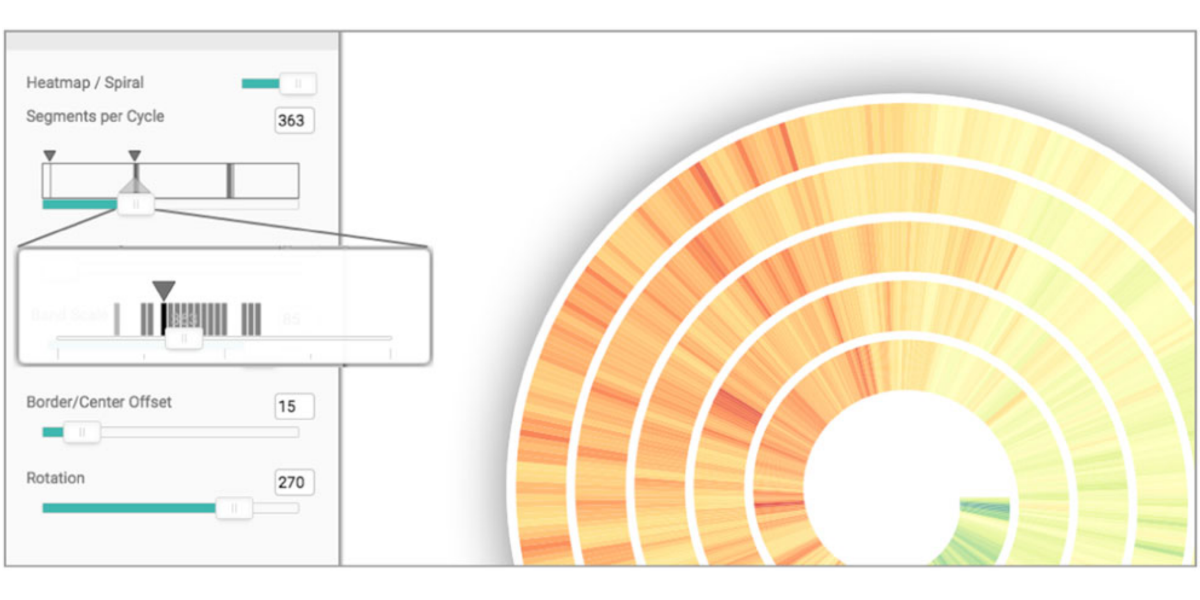
Abstract
Guidance is an emerging topic in the field of visual analytics. Guidance can support users in pursuing their analytical goals more efficiently and help in making the analysis successful. However, it is not clear how guidance approaches should be designed and what specific factors should be considered for effective support. In this paper, we approach this problem from the perspective of guidance designers. We present a framework comprising requirements and a set of specific phases designers should go through when designing guidance for visual analytics. We relate this process with a set of quality criteria we aim to support with our framework, that are necessary for obtaining a suitable and effective guidance solution. To demonstrate the practical usability of our methodology, we apply our framework to the design of guidance in three analysis scenarios and a design walk-through session. Moreover, we list the emerging challenges and report how the framework can be used to design guidance solutions that mitigate these issues.
Citation
Davide Ceneda,
Natalia Andrienko,
Gennady Andrienko,
Theresia Gschwandtner,
Silvia Miksch,
Nikolaus Piccolotto,
Tobias Schreck,
Marc
Streit,
Josef Suschnigg,
Christian Tominski
Guide Me in Analysis: A Framework for Guidance Designers
Computer Graphics Forum,
39(6):
269-288, doi:10.1111/cgf.14017, 2020.
BibTeX
@article{,
title = {Guide Me in Analysis: A Framework for Guidance Designers},
author = {Davide Ceneda and Natalia Andrienko and Gennady Andrienko and Theresia Gschwandtner and Silvia Miksch and Nikolaus Piccolotto and Tobias Schreck and Marc Streit and Josef Suschnigg and Christian Tominski},
journal = {Computer Graphics Forum},
doi = {10.1111/cgf.14017},
volume = {39},
number = {6},
pages = {269-288},
year = {2020}
}
Acknowledgements
This work was supported and funded by the Austrian Science Fund (FWF) with the grants P31419-N31 and P27975-NBL, as well as by the FFG, Contract No. 854184: ‘Pro2Future’ is funded within the Austrian COMET Program Competence Centers for Excellent Technologies under the auspices of the Austrian Federal Ministry of Transport, Innovation and Technology, the Austrian Federal Ministry for Digital and Economic Affairs and of the Provinces of Upper Austria and Styria. COMET is managed by the Austrian Research Promotion Agency FFG. Additionally, the authors would like to thank the anonymous reviewers whose comments and feedback have greatly contributed to the improvement of this paper.

